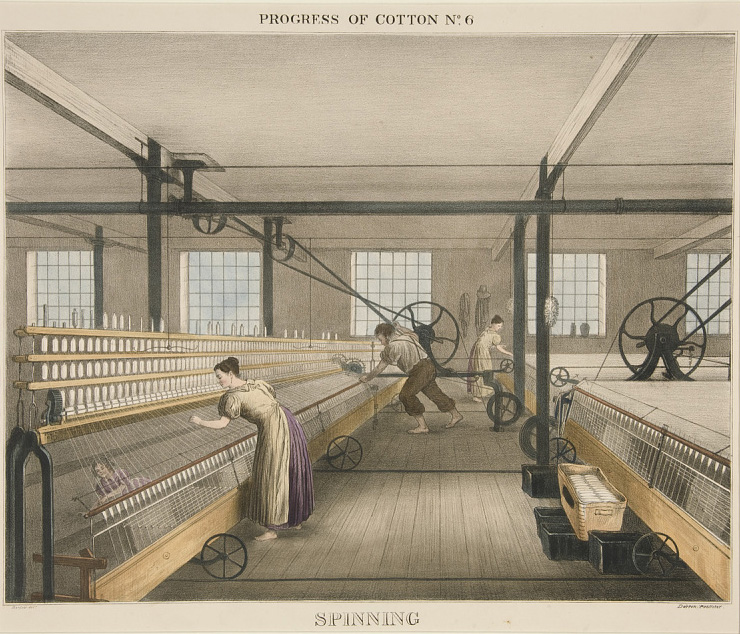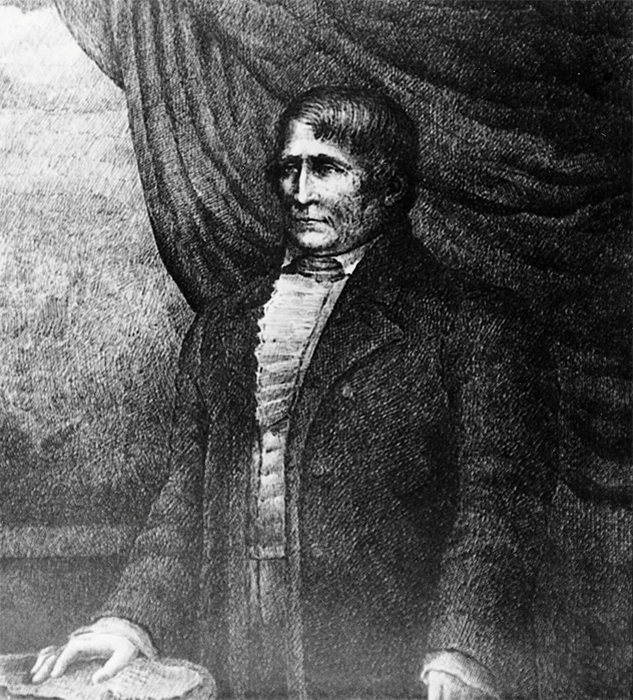
Steamboat Heroine
Steamboats and the West
The market and transportation revolutions transformed the American economy in the 1820s and 1830s. The market revolution involved the shift from producing goods for survival to producing goods for sale on the market.
The market revolution created commercial agriculture as we know it today. Farmers began to produce crops for their commercial value. The market revolution led to the transportation revolution, which involved the creation of bridges, canals, roads, steamboats, and railroads to transport the goods and services people created. These two revolutions created the systems in which people produce and purchase goods and services today.
One important aspect of the market and transportation revolutions was the creation of the western river steamboat, built to transport goods from the West along the rivers. Western river steamboats helped solve a serious problem for the people living along western border of the United States. Farmers living in the West often had no way to transport their goods to other areas due to land barriers, like mountains, and a lack of transportation options. The emergence of the western river steamboat helped to solve this problem. Steamboats transported goods and people at a rapid pace, which revolutionized transportation in the West.

Illustration of workers spinning cotton, 1840 (image courtesy of Yale University Art Gallery).
The steamboat industry not only provided the West with a strong transportation system, but it developed the economy of the region, too. Steamboat operations, as well as the construction and repair of steamboats, created more jobs and led to people moving to these jobs. The demands of steamboat repair and construction created foundries and machine shops which made steamboat engines and boilers. The steamboat industry also created a demand for lumber along the western rivers. Steamboats used massive amounts of wood for fuel, and people living along the rivers saw this as an opportunity to develop a business. They set up refueling stops in which steamboat operators could purchase wood for fuel while on the river.
Additionally, the development of western steamboats led to cultural diffusion. Cultural diffusion involves the spread and sharing of different cultures. Along western rivers, the diverse groups of people traveling together shared ideas and experiences. Passengers on the boats shared ideas and discussed the current topics of the day, adopting new ideas from each other. The steamboat’s crew also contributed to this spread of culture, talking with people at the various ports where they stopped and with one another. Steamboats helped to spread ideas, values, and culture through travel. People shared experiences and ideas on board the boat and at the various ports. News and ideas traveled through the various steamboat ports and led to an increase in communication among the different regions of the United States. With the introduction of steamboats and other methods of transportation, ideas in the East were shared with the West and South.

Waterfront, Vicksburg, Mississippi (image courtesy of Library of Congress).
Steamboats made interactions between American Indian tribes, traders, and the military possible. For instance, several American Indian tribes participated in the fur trade. In the fur trade, traders would purchase pelts from American Indian tribes and then ship them via steamboat. Steamboats also facilitated interactions with the military. During the era of Indian Removal, tribes would travel by steamboat to Indian Territory where their checkpoints military forts. These interactions led to more cultural diffusion with the American Indian tribes, traders, and soldiers sharing or imposing their cultures on one another.

Jean Pierre Chouteau established a fur-trading business in the Three Forks region that lasted generations (3105, Oklahoma Historical Society Photograph Collection, OHS).

The Three Forks area was the primary fur-trading area in Oklahoma until about the time of the steamboat Heroine. This map was sketched by Tom Meagher (Watmap. Foreman0002, Grant Foreman Collection, OHS).

